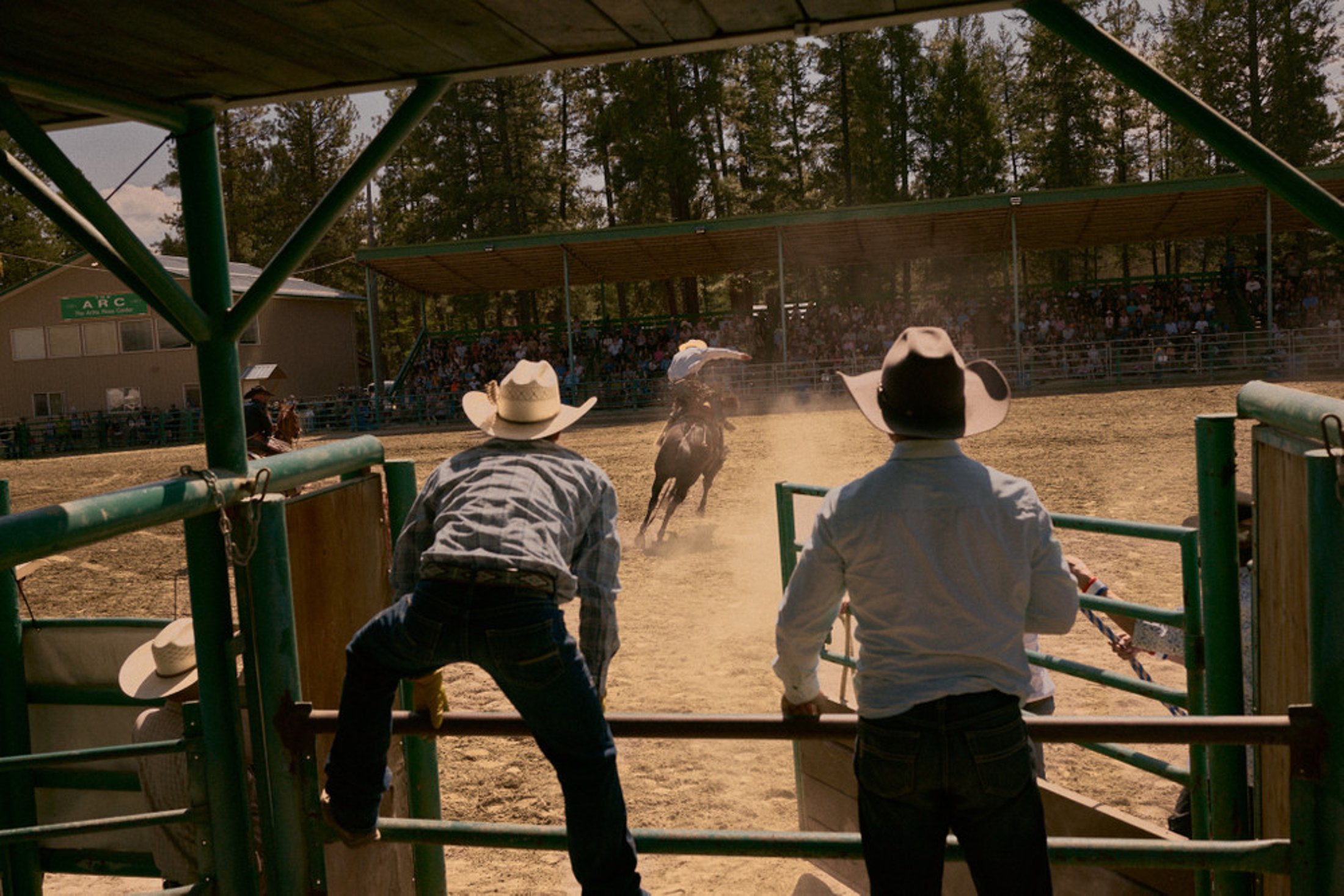How many homes will we have in a lifetime? Are they places, people, or feelings? Is home a decision we make or something that we fall into? When it comes to home, there are endless variations.
“Shall we go home?” my partner asked one night. We were out for a walk while on vacation. It took me a second, after the follow-up observation—“I think we’re close”—to realize he was referring to where we were staying, not to the city and apartment we live in or the place that I grew up in and return to yearly. Perhaps it was a question of semantics and preference, one influenced by too much sun, but I found myself mulling over the casual use of the word ‘home’ for a long time. Does ‘home’ have more meaning than four walls and a roof? Is it time-specific, locked to location? Or is an emotional connection a prerequisite? When does a home stop being home? As we age and grow, it often becomes harder to put one’s finger on it.

For Canadian photographer Kalum Ko, the question of home is an open-ended one, a moving target. In his ongoing photographic series, Close to Home, Ko, who is currently based in New York, delves into the emotional push and pull that the deceptively simple term has upon us. How and why do we choose to leave home or to stay?
“I admire the community that I grew up with. I don’t have any cousins in real life, but my best friends’ parents are best friends with my parents. It can feel a little idyllic,” Ko notes. “But basically, it just felt like we had a larger extended family where you could lean on everyone, and that’s probably the thing I admire the most—this supportive community. I think the conflict I have now is that I can look back with hindsight and ask: why did I feel the need to leave that?”

During the early days of lockdown, Ko found himself back in his hometown of Kimberley, living with his mother and brother. He began to photograph them, their surroundings, and their daily routines. As time passed, Ko widened his lens to photograph the small towns of the greater Kootenay region of British Columbia.
In returning to Kimberley, he has found himself playing the roles of insider and outsider simultaneously. The Kimberley he is photographing is both familiar and strange. In leaving, he has been given access to a slice of his hometown surroundings he may never have delved into had he stayed; the construction of new developments, rodeos, and hockey games. “I’m connecting to parts of life in Kimberly that were not a part of my life when I was living there at all and photography has been a way to explore them. I’m getting to observe it from a distance,” Ko explains.

Mountains dotted with tall pines, broad river beds, and towns nestled into the Rockies set the scene for Ko’s enigmatic pictures. There is a cinematic scope to his landscapes, cloaked in snowy fog or bathed in warm sunlight. Zooming out, he presents the lay of the land before introducing his figures. His portraits feature a gentle touch. It might all seem to hinge on a note of nostalgia but something lurks below the surface or in the moments between Ko and his subjects. For all the magnetism that seeps out of the images, there is also a sense of isolation. For each wide open space, there is a whisper of claustrophobia. This dance back and forth moves Ko’s work into more complex territory as he grapples with his understanding of home and his decision to leave.
Details expand the quieter corners of Kimberley. Rooms appear with antlers and taxidermy, while family photos and postcards stand watch over a work desk. The lights of a power plant twinkle like a constellation. “I try to seek a bit more of the real moment or the distance between us when someone is not necessarily posing. I’m trying my best to get outside of that space,” Ko says, describing his process.

In returning to Kimberley, he has found himself playing the roles of insider and outsider simultaneously. The Kimberley he is photographing is both familiar and strange. In leaving, he has been given access to a slice of his hometown surroundings he may never have delved into had he stayed; the construction of new developments, rodeos, and hockey games. “I’m connecting to parts of life in Kimberly that were not a part of my life when I was living there at all and photography has been a way to explore them. I’m getting to observe it from a distance,” Ko explains.

That distance manifests in his portraits, filled with people looking away from the camera, out into the open spaces of the Kootenay region. There is a quietness to the photographs, an observational note that embodies these moments in between, a sensitivity that travels beyond the picture-postcard scenery. The wary look on a woman’s face (his mother’s) as she rests from gardening is underlined by the dirt on her hands.

A trio of young baseball players look out and over the photographer’s head to a game underway. Ko steps back to capture a perfect triangle of spectators and spectacle as a rodeo rider holds on for dear life. And so it comes as a sharp surprise when we see the direct gaze of a young man, framed by the flaking blue paint on a wooden barn door. He is not dreaming or absorbed in his surroundings as he acknowledges Ko.

In Ko’s final picture, the heights of two boys are written onto a door frame, the names Noah and Kalum alternating. Two boys growing up; in and out of home. The photograph’s edges blur as the marks of a home remain, no matter where its inhabitants end up. Through Ko’s images one gets the sense that maybe it isn’t until we leave home that we can capture an image of it—one that will stay with us for a long time.














